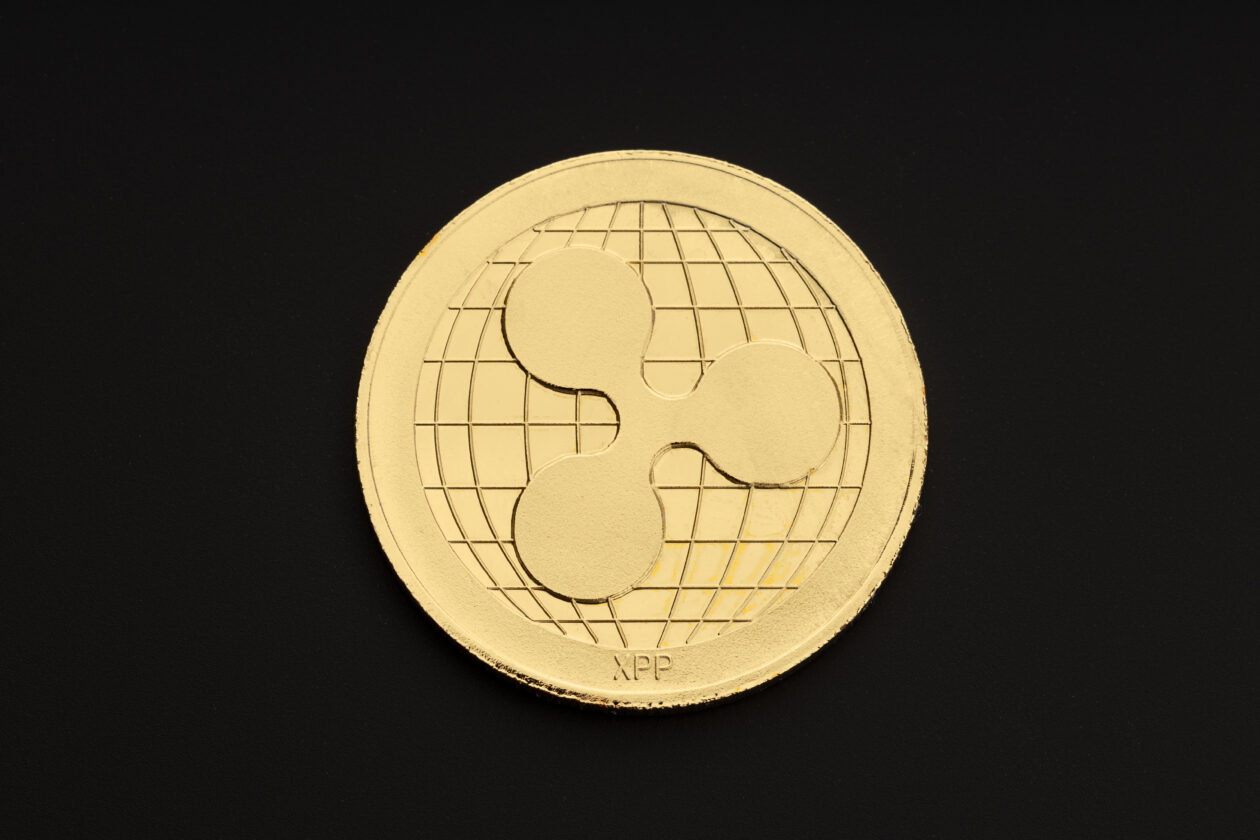What are NFTs for connectivity? | Cryptopolitan
Thanks to the transparency and auditability of blockchains, blockchain technology has created many new and innovative use cases and has significantly impacted the way the world does business. Examples include seamless payments, shipment tracking, identification, sharing information without knowledge, and more. Many projects operating in these industries have created blockchain-based solutions that lower costs and improve transparency and results while maximizing efficiency and value.
Understanding NFTs
NFTs – non-fungible tokens – are a new technical addition that works with blockchain. They are cryptographic digital assets that can be encoded with unique data and identifiers. When used properly, they can offer a huge amount of practical tools and are now beginning to gain widespread use in a variety of industries.
NFTs first began to gain popularity in the art world, with limited edition artworks being sold to collectors as unique NFTs. Initially, much of the value of these early NFTs was based on how old they were; the older the NFT, the more valuable it was. Being part of a sought-after collection also created significant interest in early NFTs. However, like barcodes and QR codes, NFTs are more than just images and can be encoded and encrypted with a huge amount of data. When combined with a trading engine, these digital assets can be bought and sold, and all the value and functionality embedded in the NFT is then transferred to the NFT’s new owner.
Within this framework, there are no limits to the functionality that can be built into an NFT, and a new type of NFT – Connectivity NFTs – has been created to deliver secure, transparent, affordable and blockchain-powered solutions in a variety of settings.
NFT use cases: NFTs for connectivity
Two notable examples of how NFTs are being creatively used in real-world scenarios are UNICEF and 3air, both of which are using NFTs to create a connectivity solution for children in schools and general users in underserved urban markets.
UNICEF
UNICEF announced in December 2021 that it planned to sell 1,000 NFTs to celebrate its 75th anniversary. Proceeds from the auction and other NFT fundraising events have been earmarked for UNICEF Global Office of Innovation initiatives, including Project Connect and Giga. These are UNICEF initiatives that aim to connect all schools in the world to the internet. To date, Giga has connected over 3,000 schools using these connectivity NFTs and mapped over one million more to help guide education investment decisions. It has also provided internet access to over 700,000 students along the way.
3 air
Another project that uses NFTs for connectivity in interesting ways is 3air, an ambitious project that aims to connect one billion users in Africa to the internet in the coming years. By using highly efficient yet affordable hardware to create a mesh network of connectivity devices, 3air can deliver affordable internet access to remote areas as well as dense urban areas without data loss or connectivity issues. The project has run successful trials that deliver connectivity to users at a fraction of the cost of the available options that provide internet access via cell phone towers and fiber optic cables.
3air will allow users to acquire services using NFTs. First, 3air issues an NFT that identifies the user’s hardware. This NFT can also be used to remotely manage devices. Next, Connectivity NFTs are issued. These NFTs contain the information and access parameters needed to connect a particular device to the internet and other resources such as bandwidth or higher data transfer rates.
Users will be able to create NFTs on the 3air market. They can choose the exact type and location of the services they wish to receive, and all NFTs will have an intrinsic value expressed in USD. This means that all NFTs will be negotiable – along with access privileges, bandwidth, connection speeds, service levels and other parameters associated with that NFT.
In the future, managers at 3air expect that secondary markets in the telecom area will emerge for the trade and exchange of connectivity solutions and digital assets on marketplaces such as 3air. This NFT-based approach to business and commerce also opens up opportunities for new business models and philanthropic donations using Connectivity NFTs, as done by UNICEF’s Giga Initiative and others.
In September, 3air and their telecom partner K3 Telecom connected a school in Freetown, Sierra Leone, with free internet connection via K3’s “Last Mile” solution. This gave students greater access to educational resources and opportunities.
3air CEO Sandi Bitenc commented on the event by saying: “Connectivity is an important step to ensure that everyone has access to the same opportunities. We are committed to connecting people and communities to create an environment where young talent feels empowered to learn and share without boundaries.”
Final thoughts
Connectivity NFTs are creating entirely new ways for businesses and users to connect, share resources and improve internet access and connectivity in some of the world’s most underserved regions. Instead of relying on fiat donations and then waiting for the installation of physical infrastructure to get people online, Connectivity NFTs and projects like the 3air go-to-market strategy to connect the next billion users internet with fast, efficient and cost-effective services. In the process, they also connect these new users to Web3 and the cryptocurrency industry.
With heavyweights like UNICEF already on board, it’s only a matter of time before Connectivity NFT and similar blockchain-based solutions gain even more momentum, and projects like 3air will be instrumental in laying the foundation for these projects and the users they target. to get online and enjoy the benefits of the internet that they have been deprived of for far too long.


